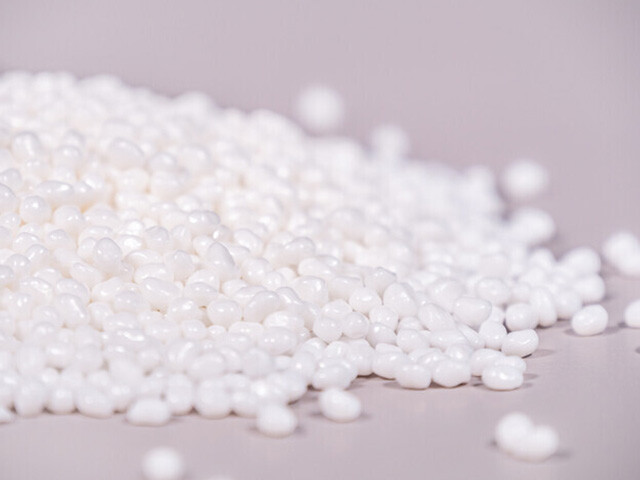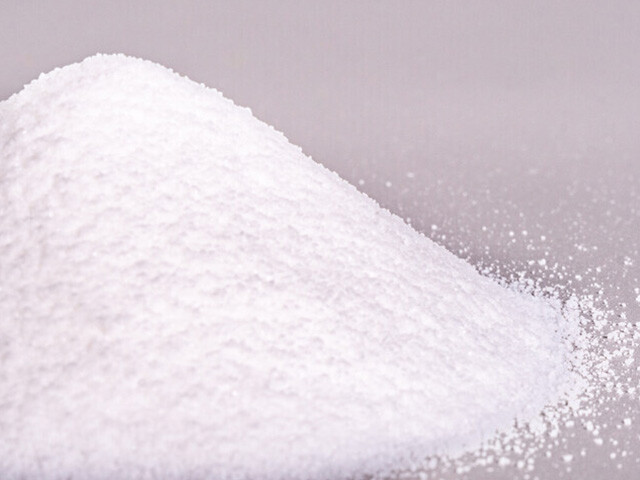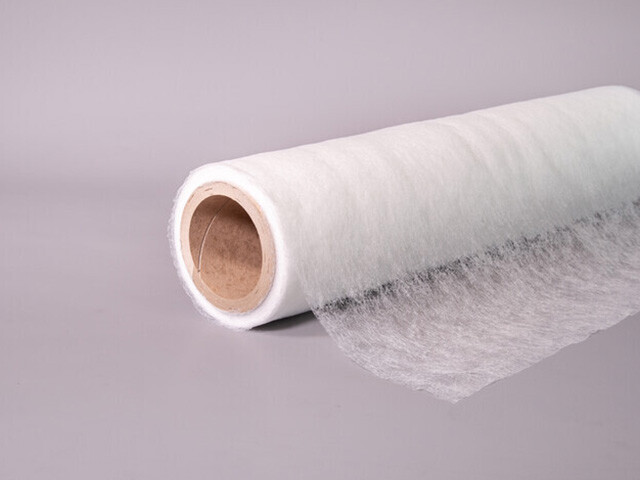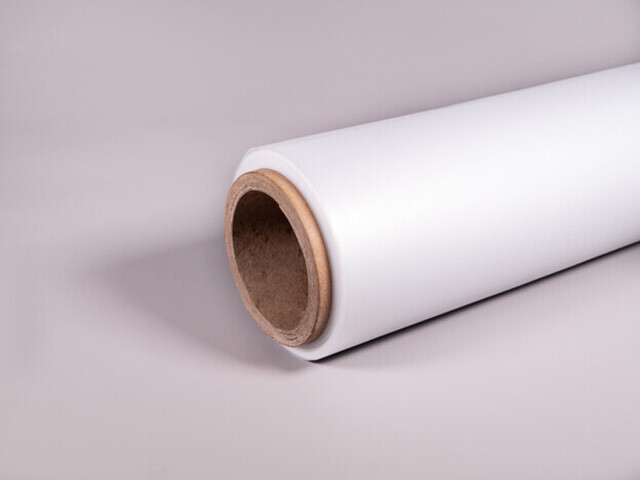Adhesives for Converters
Why Bostik SHMs?
With Bostik, converters and laminators can gain access to the right adhesives with the performance characteristics they need to meet their customer demand. As well as supporting you on your sustainability journey, you’ll receive our expert guidance on how to use these adhesives based on the equipment you have on hand. Whether you work in military, medical, textiles, electronics, or consumer products, we have the expertise and technologies to offer you a wide range of base chemistries that meet your specification requirements.
Customizable Solutions
At Bostik, we can help you with substrate compatibility, heat sensitivity, process efficiencies, finished product physical properties, as well as support you on your sustainability journey. Thanks to our parent company, Arkema, we have the necessary in-house material science expertise to create tailor-made and safer formulations. If you need a more customized solution, let us know your needs, and we’ll get the job done right.
Meet Lamination Equipment and Process Needs
Slot Die and Extrusion Coating: Compatible adhesive technology - PELLETS
This equipment process applies adhesives in a molten state through a slot-like orifice where line speed, pump speed, orifice size and die height provide an accurate roll-to-roll application for both flexible and semi-rigid materials.
Knife Coating: Compatible adhesive technology - POWDERS
This equipment applies an accurate coating of adhesive to rolled goods or continuous rigid sheets via a metering blade.
Spiral Spray: Compatible adhesive technology - PELLETS
The spiral spray process applies molten adhesives in a spiral-like fiber pattern, yielding a large
adhesive coverage surface area. This process allows for porosity and breathability in the
adhesive layer and is compatible with continuous or discontinuous application on roll to roll, sheet fed or individual panels.
Rotogravure: Compatible adhesive technology - PELLETS and POWDERS
Rotogravure (or gravure printing) uses an etched, rotating cylinder that picks up adhesive in a pan/ trough. After adhesive pick up, a doctor blade removes any excess adhesive from the cylinder. The gravure cylinder rotates and compresses against the rolled good or sheeted substrate to apply the adhesive. Full lamination to a second substrate occurs immediately after adhesive application and subsequently dried/bonded in an oven.
Learn more in our brochure : Adhesive and Lamination Equipment Compatibility Guide




